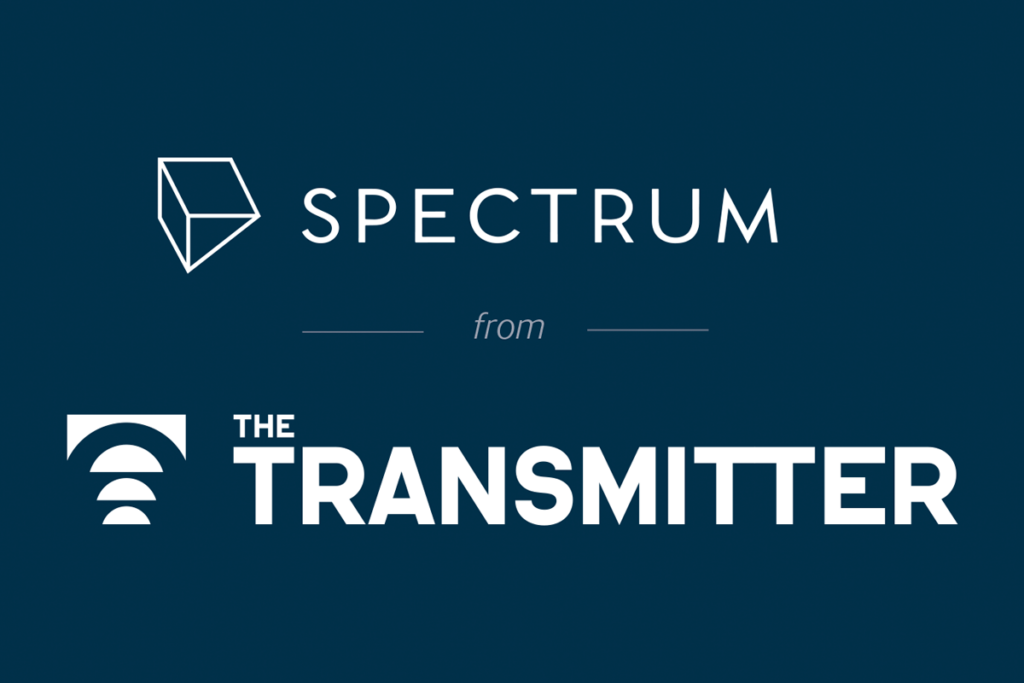WCPG 2009
Recent articles
Autism study zooms in on five-gene strip on chromosome 16
Genetic analysis of one Belgian family with a history of autism has pinpointed a piece of DNA on chromosome 16, within a segment thought to be missing in about one percent of all cases of autism. The unpublished data was presented on Saturday at the World Congress of Psychiatric Genetics in San Diego.

Autism study zooms in on five-gene strip on chromosome 16
Genetic analysis of one Belgian family with a history of autism has pinpointed a piece of DNA on chromosome 16, within a segment thought to be missing in about one percent of all cases of autism. The unpublished data was presented on Saturday at the World Congress of Psychiatric Genetics in San Diego.
Massive genomics project unveils schizophrenia results
The Psychiatric GWAS Consortium has released its first batch of analyses, identifying several significant common variations associated with schizophrenia. The results were presented Sunday at the World Congress of Psychiatric Genetics in San Diego.

Massive genomics project unveils schizophrenia results
The Psychiatric GWAS Consortium has released its first batch of analyses, identifying several significant common variations associated with schizophrenia. The results were presented Sunday at the World Congress of Psychiatric Genetics in San Diego.
Variants in synaptic protein linked to autism
Scientists have identified several autism-specific variants in a gene that lies within a chromosomal region linked to the disorder, according to a poster presented at the World Congress of Psychiatric Genetics in San Diego.

Variants in synaptic protein linked to autism
Scientists have identified several autism-specific variants in a gene that lies within a chromosomal region linked to the disorder, according to a poster presented at the World Congress of Psychiatric Genetics in San Diego.
Variants associated with autism over-hyped, company says
Variations linked to autism and schizophrenia crop up in people with a large variety of conditions, including bipolar disorder, seizures and obsessive-compulsive disorder, as well as in healthy people. This notion gained new support from unpublished data presented at the World Congress for Psychiatric Genetics in San Diego.

Variants associated with autism over-hyped, company says
Variations linked to autism and schizophrenia crop up in people with a large variety of conditions, including bipolar disorder, seizures and obsessive-compulsive disorder, as well as in healthy people. This notion gained new support from unpublished data presented at the World Congress for Psychiatric Genetics in San Diego.
Explore more from The Transmitter
Mitochondrial ‘landscape’ shifts across human brain
Evolutionarily newer regions sport mitochondria with a higher capacity for energy production than older regions, according to the first detailed map of the organelles in a tissue slice, adding to mounting evidence that the brain features a metabolic gradient.

Mitochondrial ‘landscape’ shifts across human brain
Evolutionarily newer regions sport mitochondria with a higher capacity for energy production than older regions, according to the first detailed map of the organelles in a tissue slice, adding to mounting evidence that the brain features a metabolic gradient.
Expediting clinical trials for profound autism: Q&A with Matthew State
Aligning Research to Impact Autism, a new initiative funded by the Sergey Brin Family Foundation, wants to bring basic science discoveries to the clinic faster.

Expediting clinical trials for profound autism: Q&A with Matthew State
Aligning Research to Impact Autism, a new initiative funded by the Sergey Brin Family Foundation, wants to bring basic science discoveries to the clinic faster.
This paper changed my life: Shane Liddelow on two papers that upended astrocyte research
A game-changing cell culture method developed in Ben Barres’ lab completely transformed the way we study astrocytes and helped me build a career studying their reactive substates.

This paper changed my life: Shane Liddelow on two papers that upended astrocyte research
A game-changing cell culture method developed in Ben Barres’ lab completely transformed the way we study astrocytes and helped me build a career studying their reactive substates.